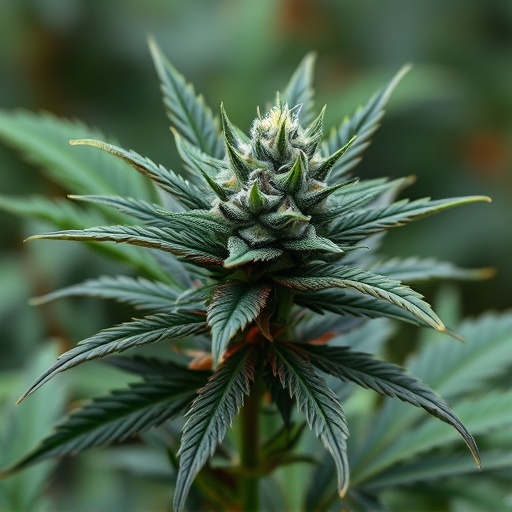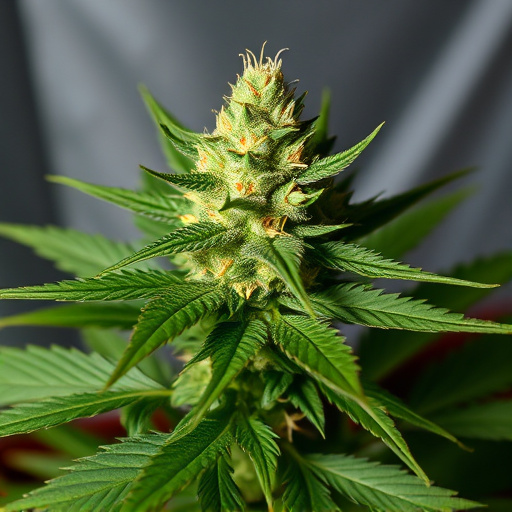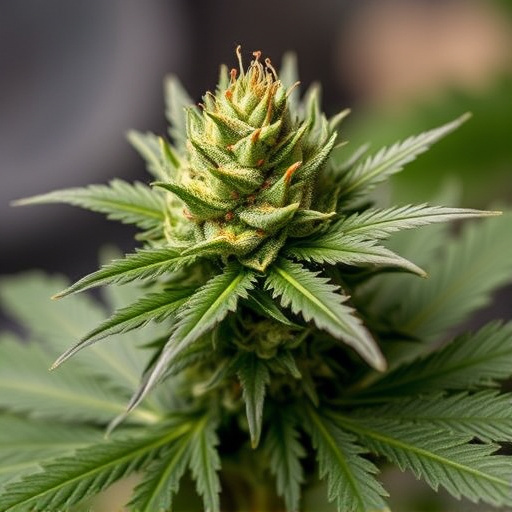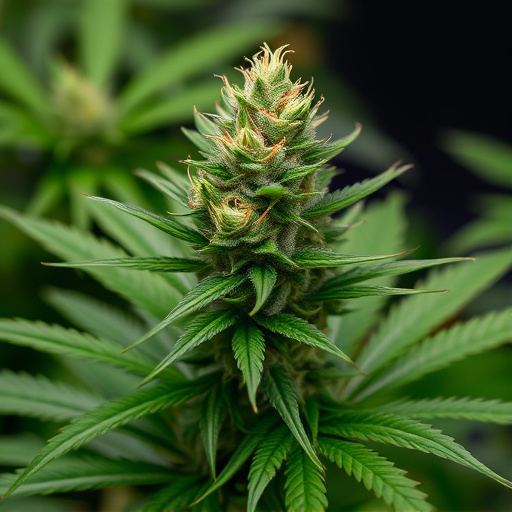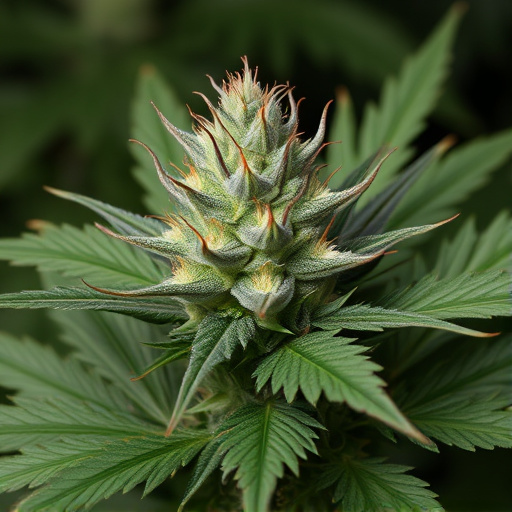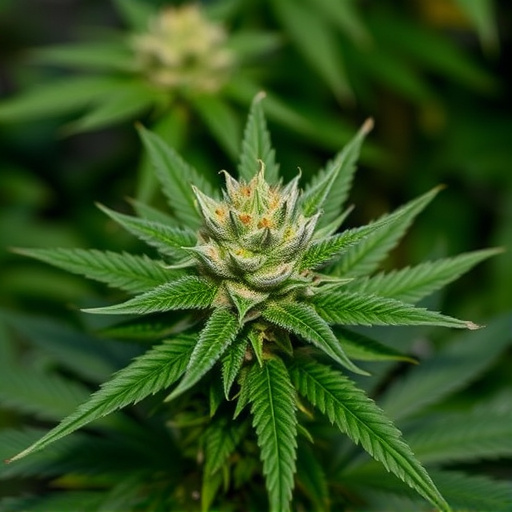The genetics of cannabis plants significantly shape the user experience, with strains differing in THC and CBD levels. High-CBD strains are popular for their low odor and potential therapeutic effects, while genetic diversity contributes to varied terpene profiles that interact with cannabinoids to alter effects. Understanding these factors is crucial for selecting low odor cannabis varieties aligned with individual preferences and desired outcomes. Advances in breeding have produced such strains, emphasizing personalized approaches based on cannabinoid and terpene profiles. Strains like Indica, Sativa, and Hybrid classify based on unique effects, offering tailored options including discreet, low-odor cannabis choices.
“Unraveling the multifaceted world of cannabis effects involves a dance between nature and nurture. This article explores the intricate factors that shape our interactions with this controversial plant. From genetic roots to environmental influences, every aspect plays a role. We delve into the science behind cannabinoids, their impact on individual biology, and how consumption methods and settings enhance or alter experiences.
Understanding these elements is crucial for navigating the diverse cannabis landscape, especially when seeking low odor strains that cater to specific preferences.”
- Genetics and Cannabinoid Profile
- – The role of genetic makeup in determining cannabis effects
- – Differences between indica, sativa, and hybrid strains
Genetics and Cannabinoid Profile
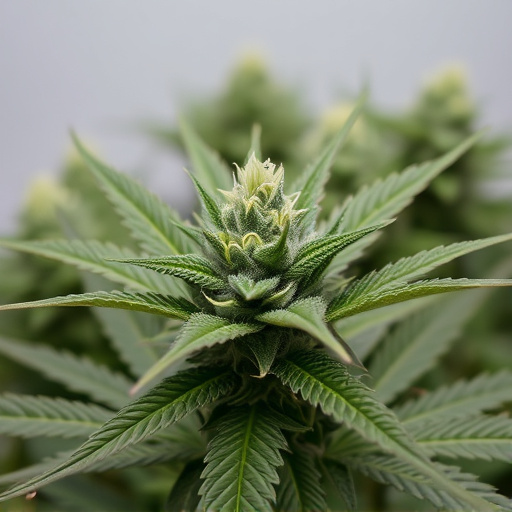
The genetics and cannabinoid profile of cannabis plants play a pivotal role in determining the effects users experience. Each strain possesses unique genetic traits that influence its chemical composition, particularly the levels of THC (tetrahydrocannabinol) and CBD (cannabidiol). Strains with higher CBD content are often sought after by those looking for low odor cannabis varieties, as CBD is known to counteract the potent psychotropic effects of THC while also offering potential therapeutic benefits.
Genetic diversity within a strain can lead to variations in terpene profiles, another crucial factor affecting cannabis effects. Terpenes are aromatic compounds that not only contribute to the distinct scent and flavor of different strains but also interact with cannabinoids, modulating their activity in the body. Thus, understanding a cannabis plant’s genetic makeup is essential for predicting its potential effects and selecting suitable strains according to individual preferences and desired outcomes.
– The role of genetic makeup in determining cannabis effects
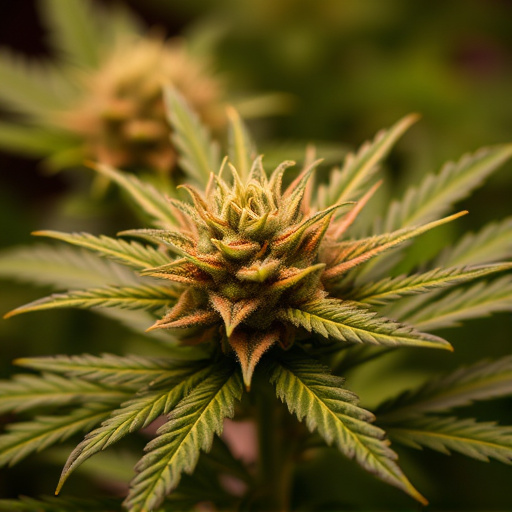
The genetic makeup of cannabis plants plays a significant role in dictating how individuals may be affected by its consumption. Each strain of cannabis has a unique combination of cannabinoids and terpenes, which are responsible for its distinct aroma, flavor, and potential therapeutic effects. Genetic variations can influence how these compounds interact with our bodies, leading to varied experiences. For instance, some people may have a genetic predisposition that makes them more sensitive to THC, resulting in more pronounced euphoria or anxiety, whereas others might find CBD to be more effective for managing stress due to their specific genetic makeup.
Furthermore, advancements in breeding techniques have given rise to low odor cannabis strains, which can impact the overall experience. These strains often prioritize specific cannabinoid profiles over intense aromas, offering subtle scents that may appeal to consumers seeking a discreet experience. The diversity within the cannabis genome highlights the need for personalized approaches when it comes to choosing strains based on individual preferences and desired effects.
– Differences between indica, sativa, and hybrid strains
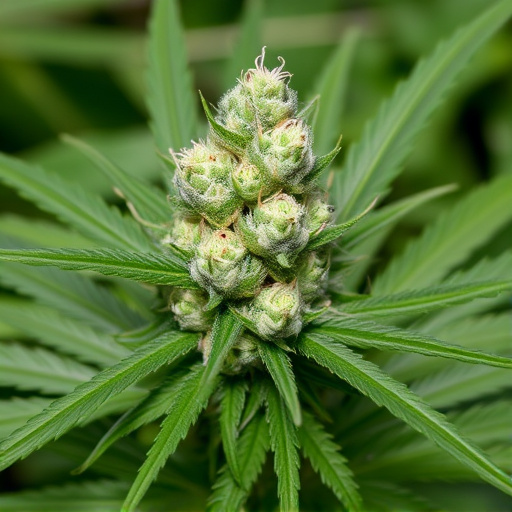
Cannabis enthusiasts often encounter terms like Indica, Sativa, and Hybrid when exploring different strains. These classifications are essential in understanding how cannabis affects users, as each category possesses distinct characteristics that influence experiences. Indica strains are renowned for their calming effects, promoting relaxation and muscle relief. They tend to have lower levels of THC and higher amounts of CBD, making them appealing to those seeking a more subtle, soothing high, especially for managing stress and anxiety without overwhelming mental stimulation.
In contrast, Sativa strains are known for their uplifting and energizing properties. Higher concentrations of THC contribute to this stimulating effect, often evoking creativity and motivation. Sativas are popular among individuals who require a boost in productivity or social interaction. Hybrid strains, as the name suggests, offer a combination of traits from both Indica and Sativa parents, allowing cultivators to tailor specific effects for diverse user preferences. This diversity within hybrids means some may lean more towards Indica’s relaxing effects or Sativa’s energizing properties, catering to a wide range of cannabis consumers, including those seeking low odor cannabis strains.
Understanding the factors that influence cannabis effects is key to harnessing its therapeutic potential. Genetic makeup plays a significant role in determining how an individual will respond to different strains, with specific variations affecting potency and desired effects. Whether opting for low odor cannabis strains or exploring diverse varieties, knowing the cannabinoid profile ensures a more personalized and effective experience. By considering these factors, consumers can navigate the market, making informed choices that cater to their unique needs and preferences.




